Emergence of 5G Technology
The rollout of 5G technology is poised to revolutionize the United States Next-gen Technology Market. With its high-speed connectivity and low latency, 5G is expected to enable a plethora of applications, including the Internet of Things (IoT), smart cities, and autonomous vehicles. By 2025, it is estimated that 5G will cover over 50% of the U.S. population, facilitating unprecedented levels of data transfer and communication. This technological advancement is likely to spur innovation across various sectors, enhancing user experiences and creating new business models. The integration of 5G into existing infrastructures will be crucial for the sustained growth of the United States Next-gen Technology Market.
Focus on Cybersecurity Solutions
As the United States Next-gen Technology Market expands, the emphasis on cybersecurity solutions becomes increasingly critical. With the rise in digital transformation, organizations are more vulnerable to cyber threats, prompting a heightened focus on securing sensitive data and systems. The cybersecurity market is projected to grow to 300 billion USD by 2025, reflecting a growing recognition of the importance of robust security measures. This trend indicates that companies are likely to invest in advanced technologies such as artificial intelligence and machine learning to enhance their cybersecurity frameworks. Consequently, the demand for innovative cybersecurity solutions will play a pivotal role in shaping the future of the United States Next-gen Technology Market.
Growing Demand for Automation and Efficiency
The United States Next-gen Technology Market is witnessing a pronounced demand for automation and efficiency across various sectors. Industries such as manufacturing, logistics, and healthcare are increasingly adopting next-gen technologies to streamline operations and reduce costs. For instance, the automation market is anticipated to grow at a compound annual growth rate (CAGR) of 9% through 2025, driven by the need for enhanced productivity and reduced human error. This trend not only signifies a shift towards more efficient processes but also indicates a broader acceptance of advanced technologies, such as robotics and machine learning, which are integral to the evolution of the United States Next-gen Technology Market.
Sustainability and Green Technology Initiatives
The United States Next-gen Technology Market is increasingly aligning with sustainability and green technology initiatives. As environmental concerns gain prominence, companies are seeking to develop technologies that minimize ecological impact. The market for green technology is expected to reach 1 trillion USD by 2025, driven by innovations in renewable energy, energy efficiency, and sustainable materials. This shift not only reflects a growing consumer preference for environmentally friendly products but also indicates a broader commitment to corporate social responsibility. The integration of sustainable practices within the United States Next-gen Technology Market is likely to foster innovation and create new opportunities for growth.
Increased Investment in Research and Development
The United States Next-gen Technology Market is experiencing a surge in investment directed towards research and development. This trend is driven by both private and public sectors recognizing the necessity of innovation to maintain competitive advantage. In 2025, R&D spending in technology sectors is projected to reach approximately 200 billion USD, reflecting a 10% increase from previous years. This influx of capital is likely to foster advancements in artificial intelligence, quantum computing, and biotechnology, thereby enhancing the overall landscape of next-gen technologies. Furthermore, the collaboration between universities and tech companies is expected to yield groundbreaking discoveries, positioning the United States as a leader in technological innovation.
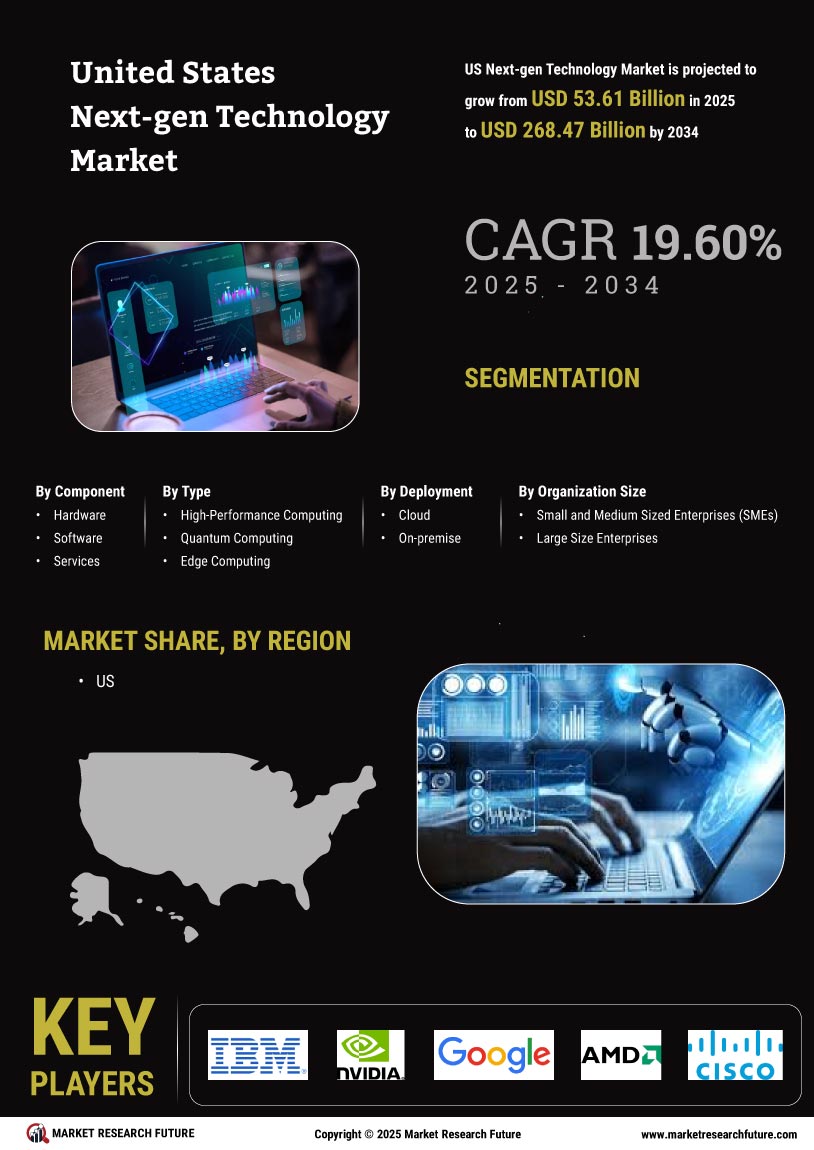

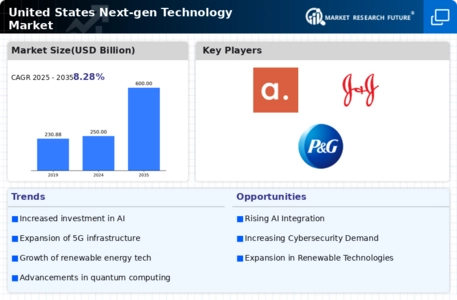
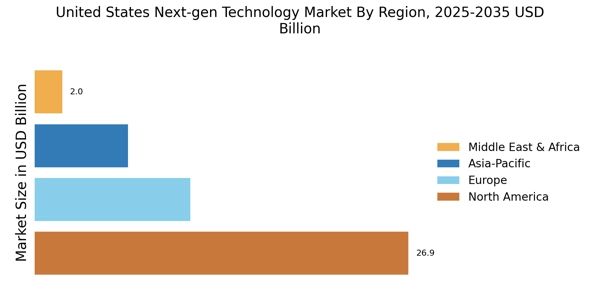


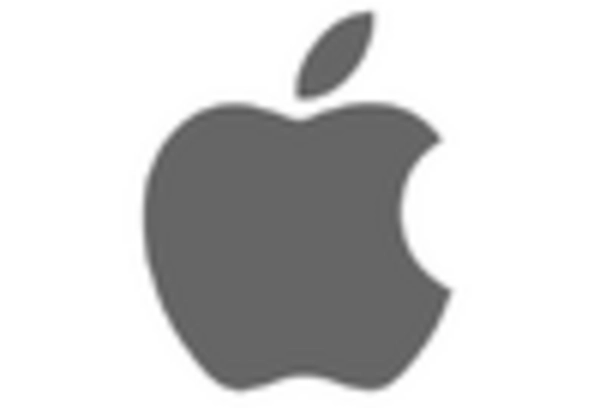
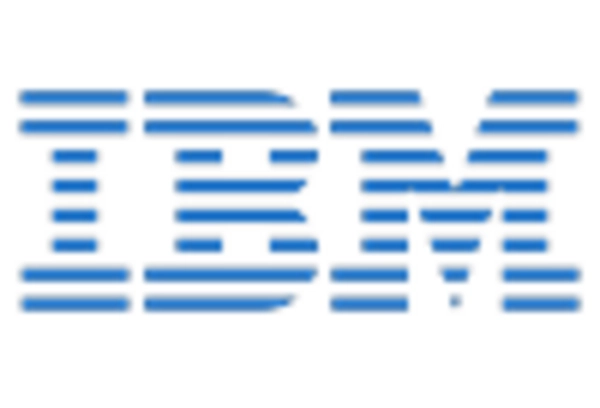
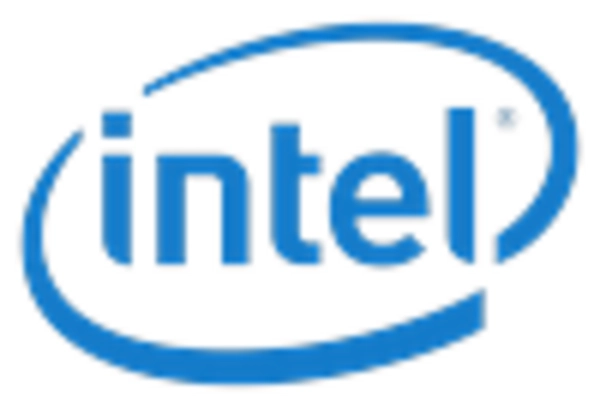
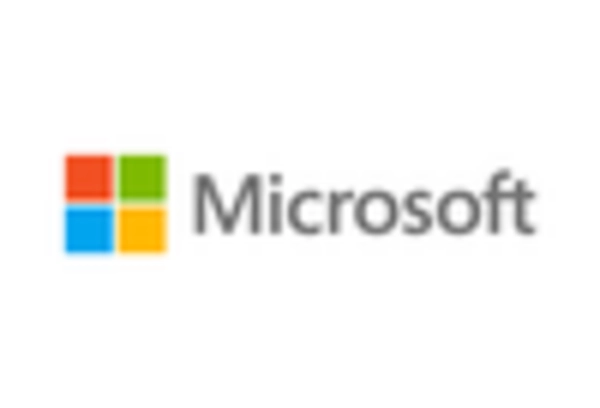








Leave a Comment